
After the creation of the Austro-Hungarian Dual Monarchy (which recognized Hungary as an independent and equal state, no longer subordinate to Austria), Emperor Franz Joseph of Austria (1830-1916) and his consort, Empress Elisabeth (1837-1898), were crowned King and Queen of Hungary on June 8, 1867 at Matthias Church in Budapest.
Figure 2.1. Eduard Engerth (Polish), The Coronation of Franz Joseph and Elizabeth, 1872, oil on canvas, 355 × 430 cm, Hungarian National Gallery, Budapest, 92.6.B, source: MNG.
Replica of Queen Elisabeth’s coronation gown

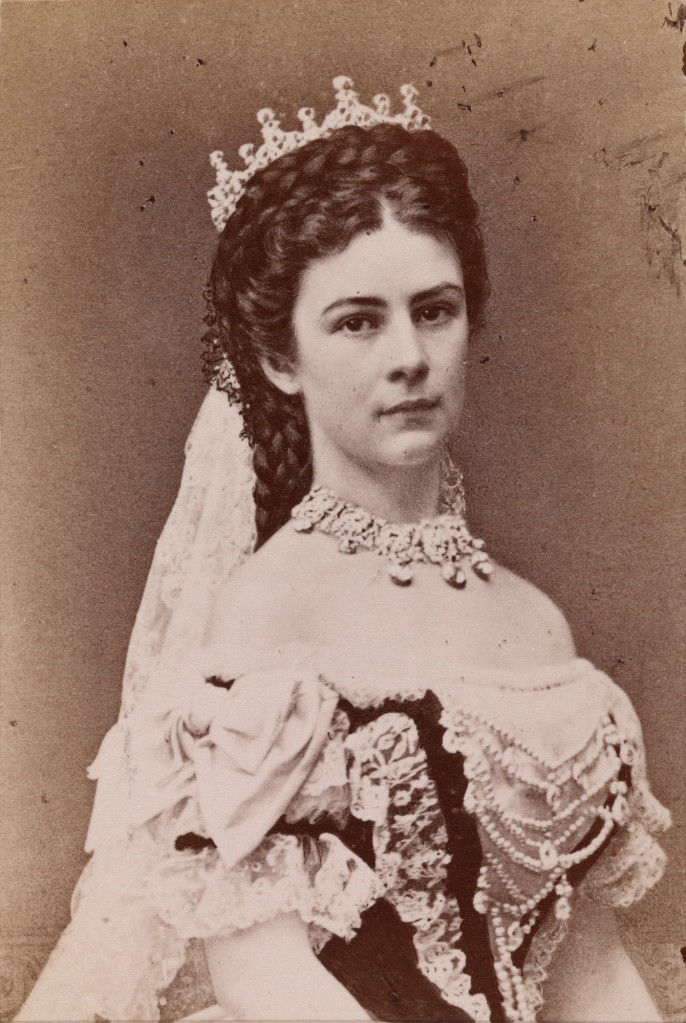

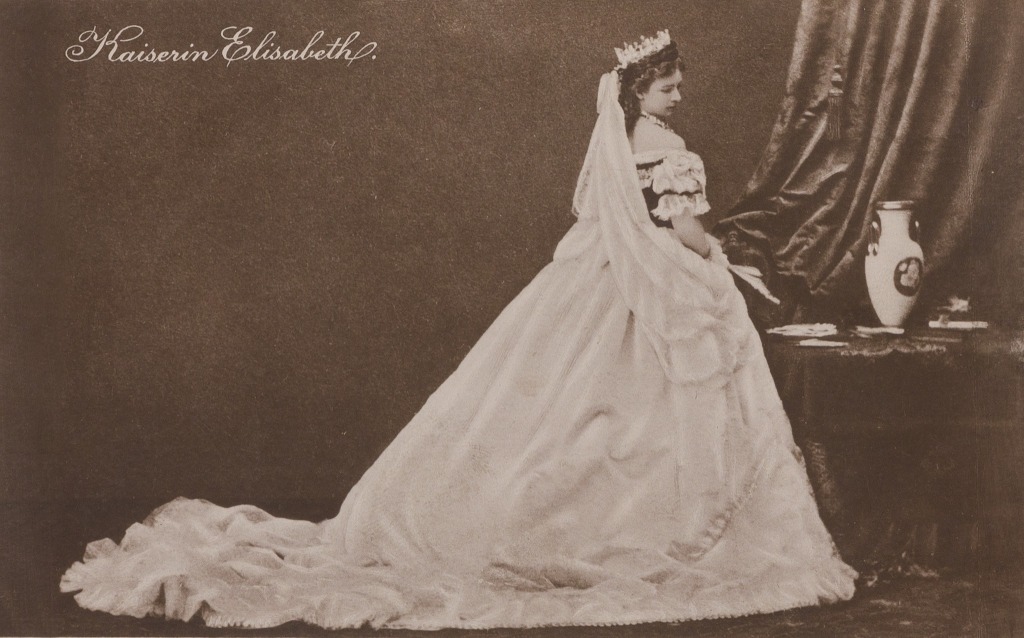
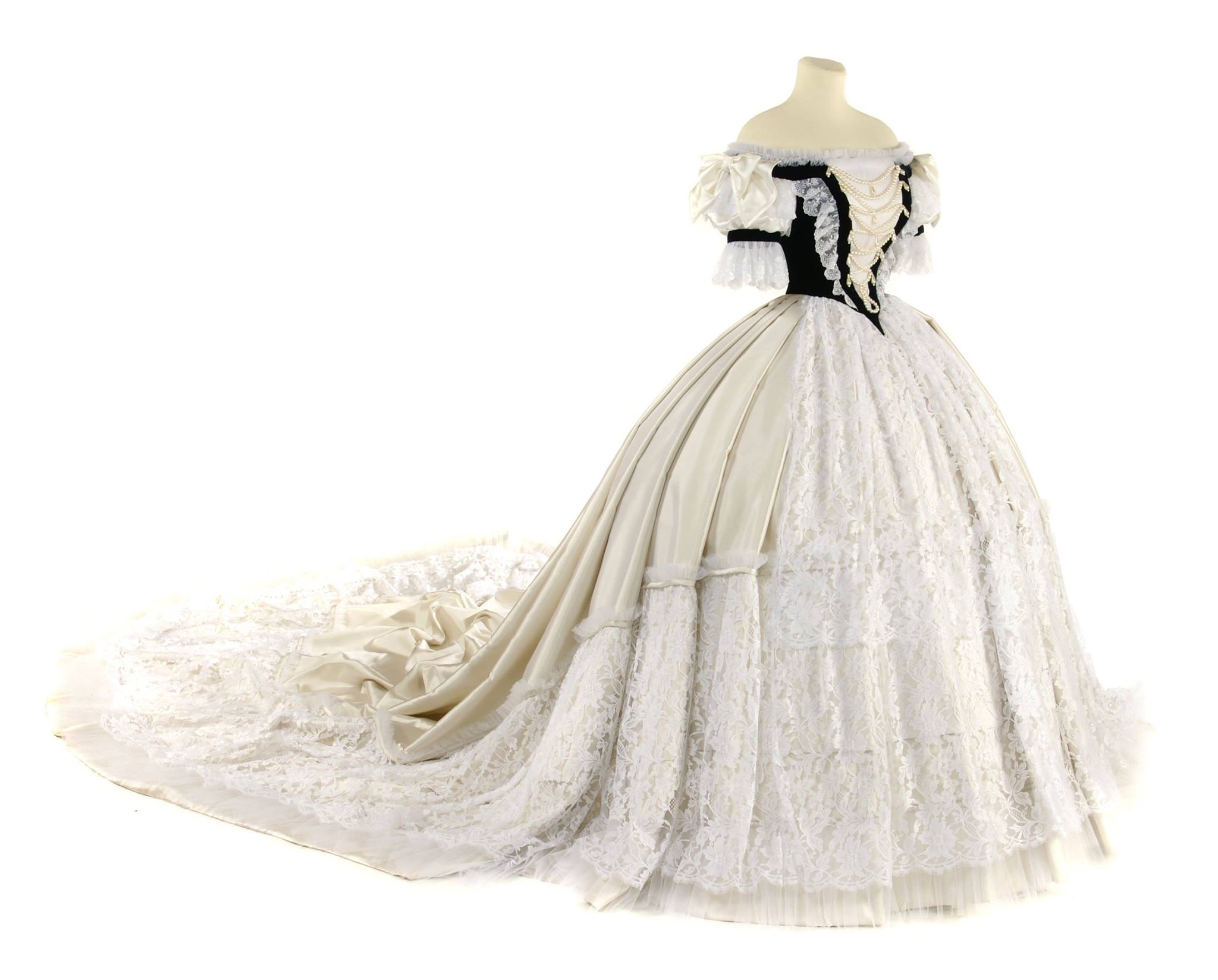
Hungarian gala costumes worn by attendees
Stefania Prandau’s costume
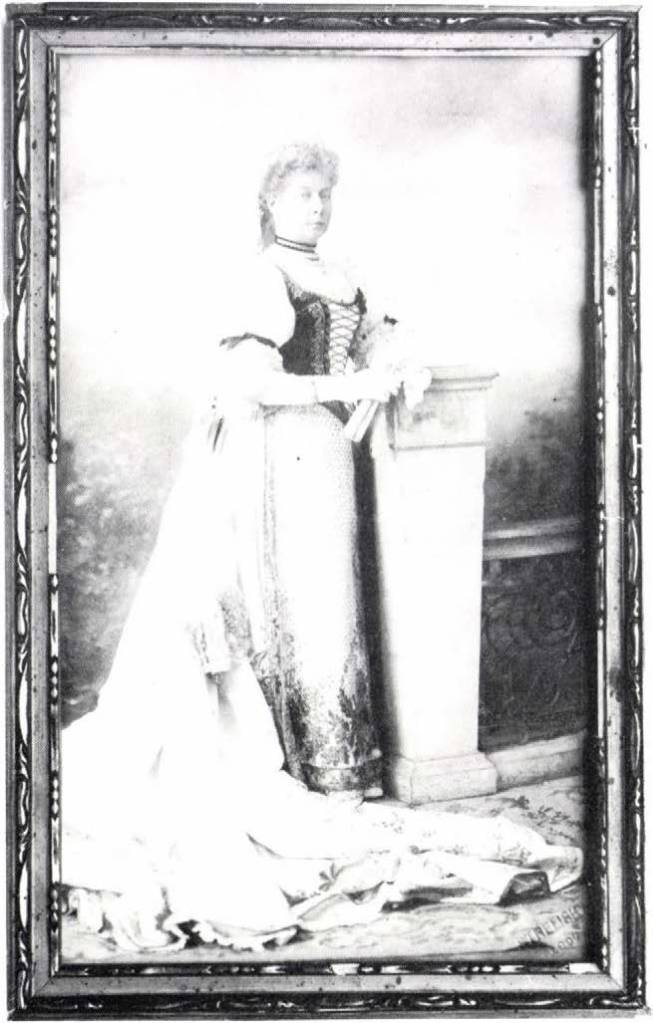
Mária Kralovánszky and Zsuzsa Szalayné Papp, “Majláth Györgyné diszruhája,” Műtárgyvédelem 21 (1992), Photo 2, 75, source: Hungaricana.
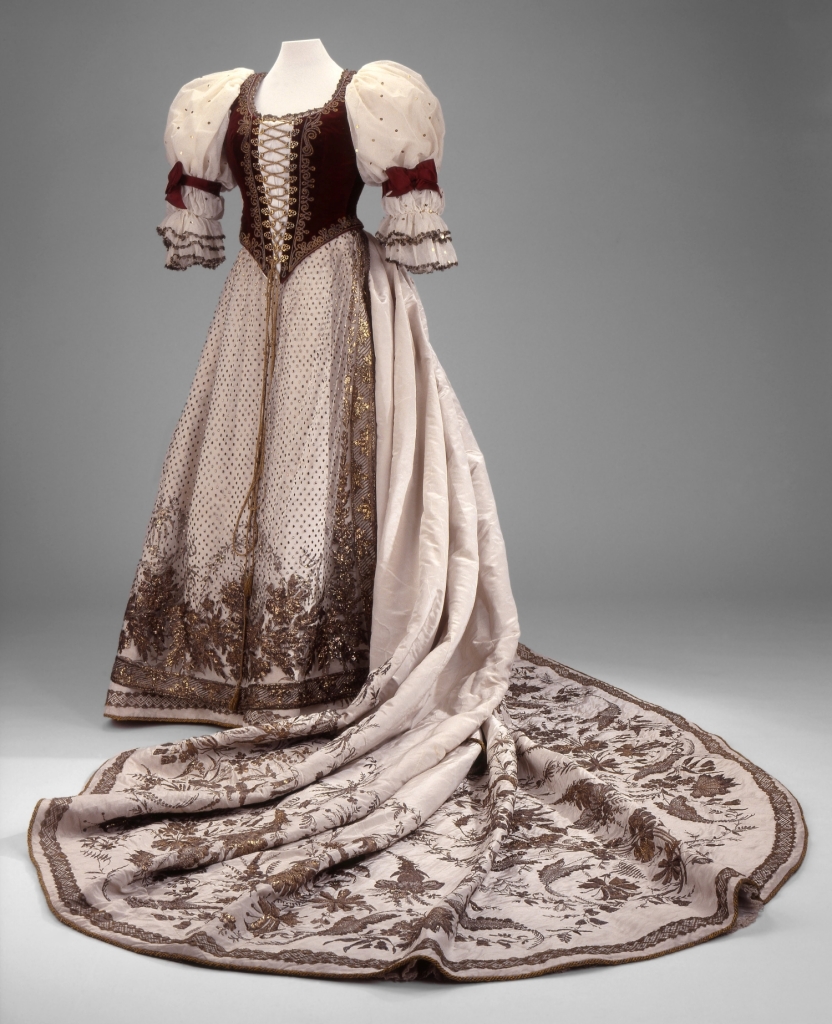
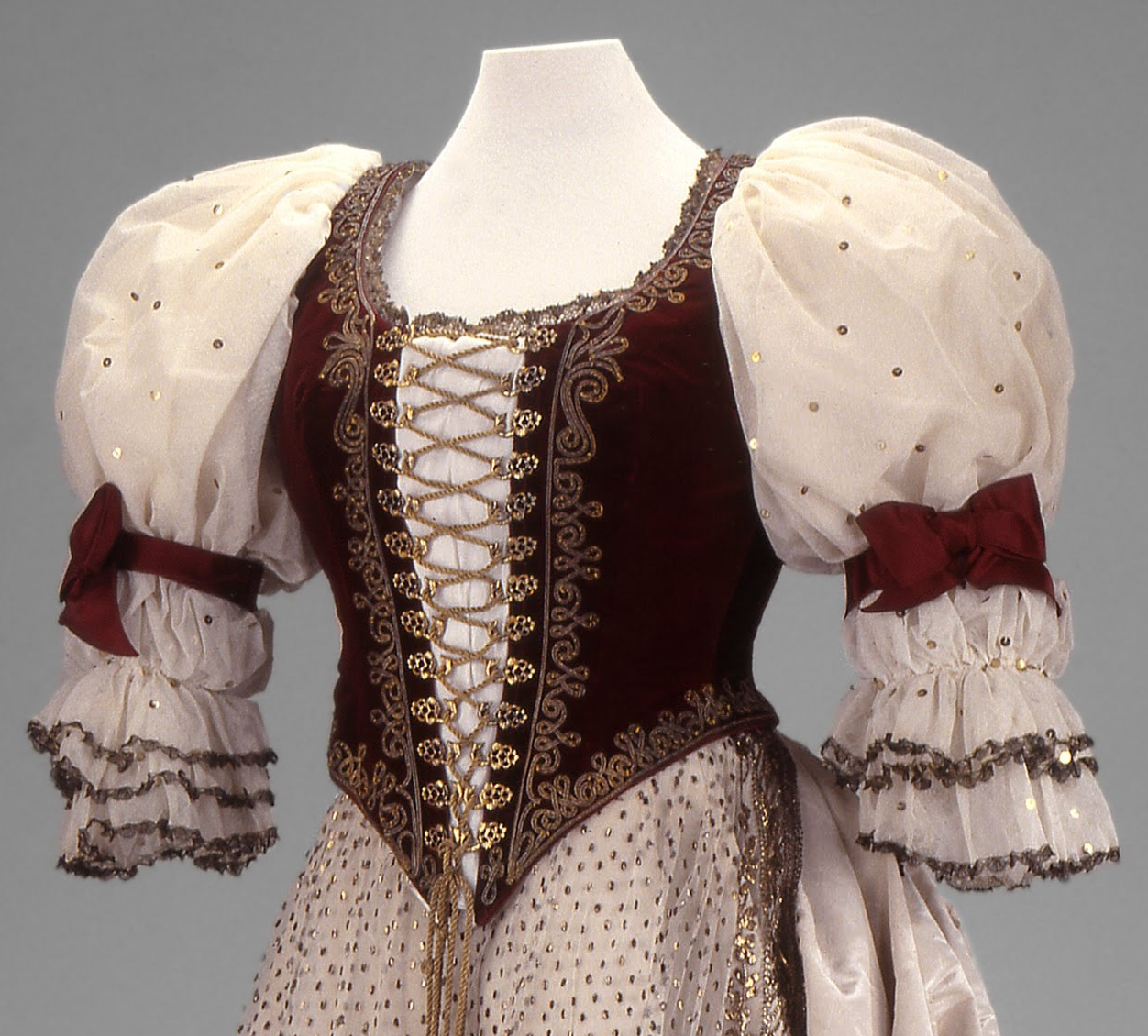


Costume commissioned by unknown wearer
Figure 2.10 shows a blue silk gala dress that was created specifically for the 1867 coronation; after minor alterations, Gabriella Szécsenyi wore the outfit to the 1916 coronation of King Charles IV and Queen Zita of Hungary. The length of the opulent train is in accordance with court prescriptions; both the skirt and train are embellished with motifs of wheat and vine leaves embroidered in metal thread. The delicate veil, which is suspended from the back of the bonnet, and the matching apron are also lavishly decorated with metal-thread embroidery.1


Notes
1. Hungarian National Museum, “HNM Highlights – Top 50,” Museum Blog, May 14, 2015, https://mnm.hu/en/blog/hnm-highlights-top-50.
Bibliography
Hungarian National Museum. “HNM Highlights – Top 50.” Museum Blog, May 14, 2015. https://mnm.hu/en/blog/hnm-highlights-top-50.